How can you measure lacrosse shot speed accurately. What are the best radar guns for lacrosse. How does tracking shot speed help improve your game. How can goalies use shot speed data to enhance their performance.
Choosing the Right Lacrosse Radar Gun for Accurate Speed Measurement
Selecting an appropriate radar gun is crucial for accurately measuring lacrosse shot speed. When evaluating options, consider these key features:
- Accuracy within 1-2 mph at high speeds
- Ability to track small objects like lacrosse balls
- Durable construction for outdoor use
- Portability for easy transport to practices and games
- User-friendly interface for quick setup and readings
Top-rated lacrosse radar gun models include:
- Stalker Pro II: Favored by college programs for its precision and weatherproof design
- Pocket Radar Ball Coach: Compact and lightweight for on-the-go use
- Sports Radar Solo: Budget-friendly option with reliable performance
Investing in a quality radar gun tailored for lacrosse will provide the accurate data needed to analyze and improve your shot speed over time.

Tracking Lacrosse Shot Speed Progress: Strategies for Improvement
Consistently measuring your lacrosse shot speed allows you to track progress and identify areas for improvement. To effectively utilize your radar gun for progress tracking:
- Establish a routine for testing and recording speeds
- Measure shots at consistent intervals during practice sessions
- Test before and after strength training to gauge power gains
- Log data in a spreadsheet or app for easy analysis
- Note variables like shot type, distance, and target location
Are specific shot types showing more improvement than others? By analyzing trends in your data, you can tailor your training to focus on areas needing the most work. Remember that individual session results may fluctuate due to factors like fatigue or weather conditions. Focus on long-term progress over 4-8 week periods to get an accurate picture of your shot speed development.
Enhancing Goalie Performance with Shot Speed Data
Radar gun data on shot speeds provides valuable insights for goalies looking to improve their reaction time and save percentages. Understanding the actual velocities of shots they face allows goalies to:
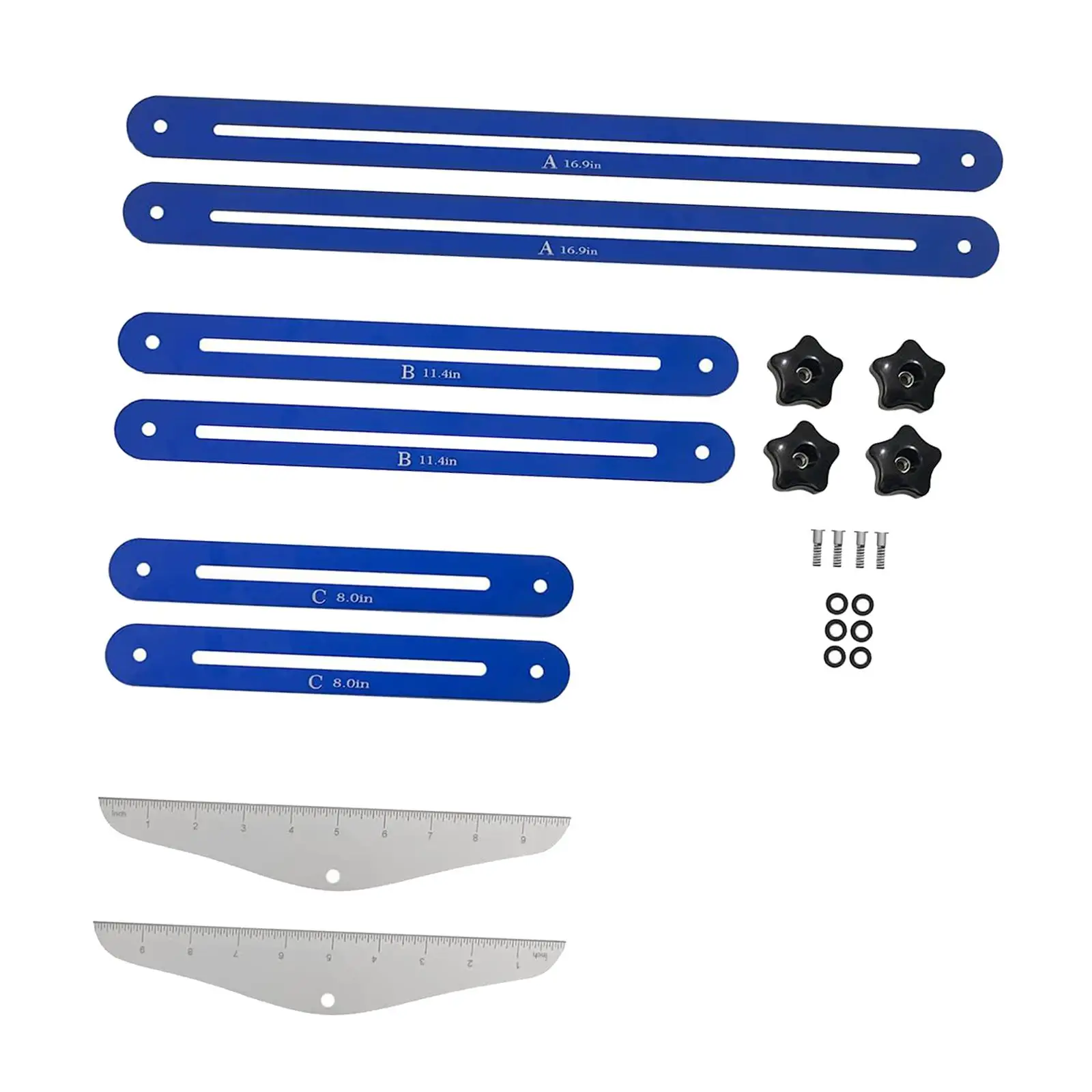
- Calibrate reflexes for quicker reactions
- Analyze speed differences between shooters and shot types
- Practice at game-like velocities during training
- Prepare for maximum shot speeds while anticipating average game speeds
How does shot speed impact goalie reaction time? An 80 mph shot from 10 yards away reaches the goal in about 0.45 seconds, while a 100 mph shot closes that gap in just 0.36 seconds. By training reflexes at specific measured speeds, goalies can work on shaving crucial fractions of a second off their reaction times.
Measuring and Analyzing Lacrosse Shot Speed: Techniques and Benefits
Accurate measurement of lacrosse shot speed provides valuable data for players looking to improve their game. To get reliable readings:
- Position the radar gun directly behind or in front of the shooter
- Maintain a consistent distance between the gun and the point of release
- Take multiple readings and calculate an average for each shot type
- Consider environmental factors like wind that may affect readings
How can analyzing shot speed data benefit your game? By breaking down your speeds for different shot types, you can:

- Identify your strongest and weakest shots
- Set specific speed goals for improvement
- Track the effectiveness of new shooting techniques
- Compare your speeds to elite player benchmarks
Understanding your shot speed profile allows you to focus your training on areas that will have the biggest impact on your overall shooting performance.
Incorporating Shot Speed Training into Your Lacrosse Practice Routine
To maximize the benefits of shot speed measurement, integrate targeted training exercises into your practice sessions. Consider these strategies:
- Begin each practice with a shot speed warm-up to establish a baseline
- Alternate between speed-focused and accuracy-focused drills
- Use radar feedback to fine-tune your shooting mechanics
- Challenge teammates to shot speed contests for motivation
- End practices with max effort shots to track fatigue resistance
How often should you measure shot speed during practice? While constant measurement can be distracting, aim to take readings at least 2-3 times per session. This provides enough data to track progress without overly disrupting your flow.
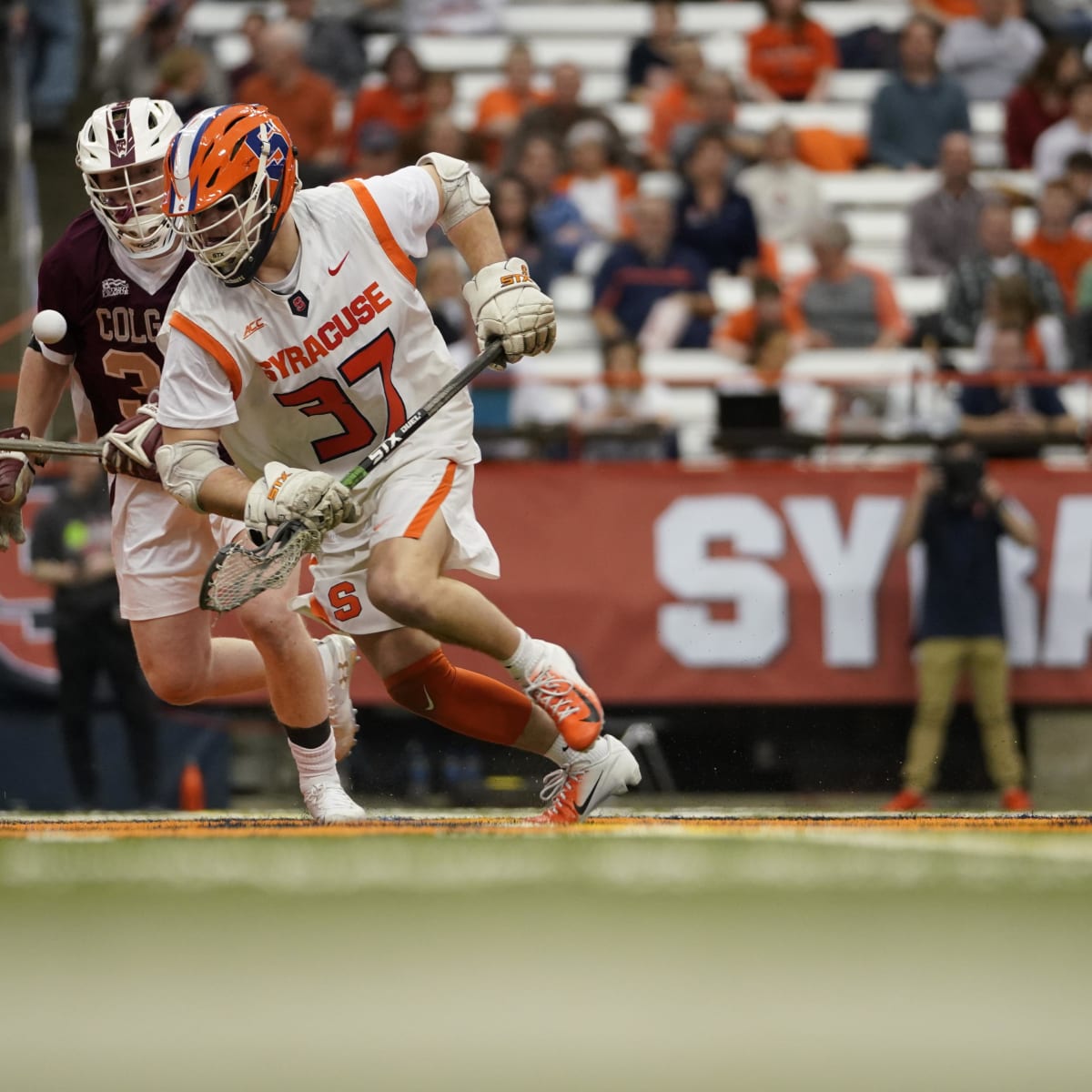
Remember that raw speed isn’t everything in lacrosse. Balance your speed training with drills that focus on shot placement, quick release, and deception to become a well-rounded shooter.
The Impact of Equipment on Lacrosse Shot Speed
Your choice of lacrosse equipment can significantly influence your shot speed. Consider these factors when selecting gear for maximum velocity:
Stick and Head Design
- Stiffer shafts generally allow for more power transfer
- Wider heads can generate more whip for increased speed
- String tension affects ball release and potential velocity
Ball Type
Different ball materials and constructions can impact speed:
- Rubber balls tend to have more bounce and potential velocity
- Synthetic leather balls may offer better control at the expense of some speed
- Always use regulation balls when measuring official shot speeds
Shooting Gloves
While often overlooked, your choice of gloves can affect shot speed:
- Thinner gloves allow for better feel and potentially faster release
- Padded gloves offer protection but may slightly reduce power transfer
Does expensive equipment automatically lead to faster shots? Not necessarily. While quality gear can help, proper technique and physical conditioning remain the most crucial factors in generating shot speed. Use radar gun data to objectively evaluate how equipment changes impact your performance.
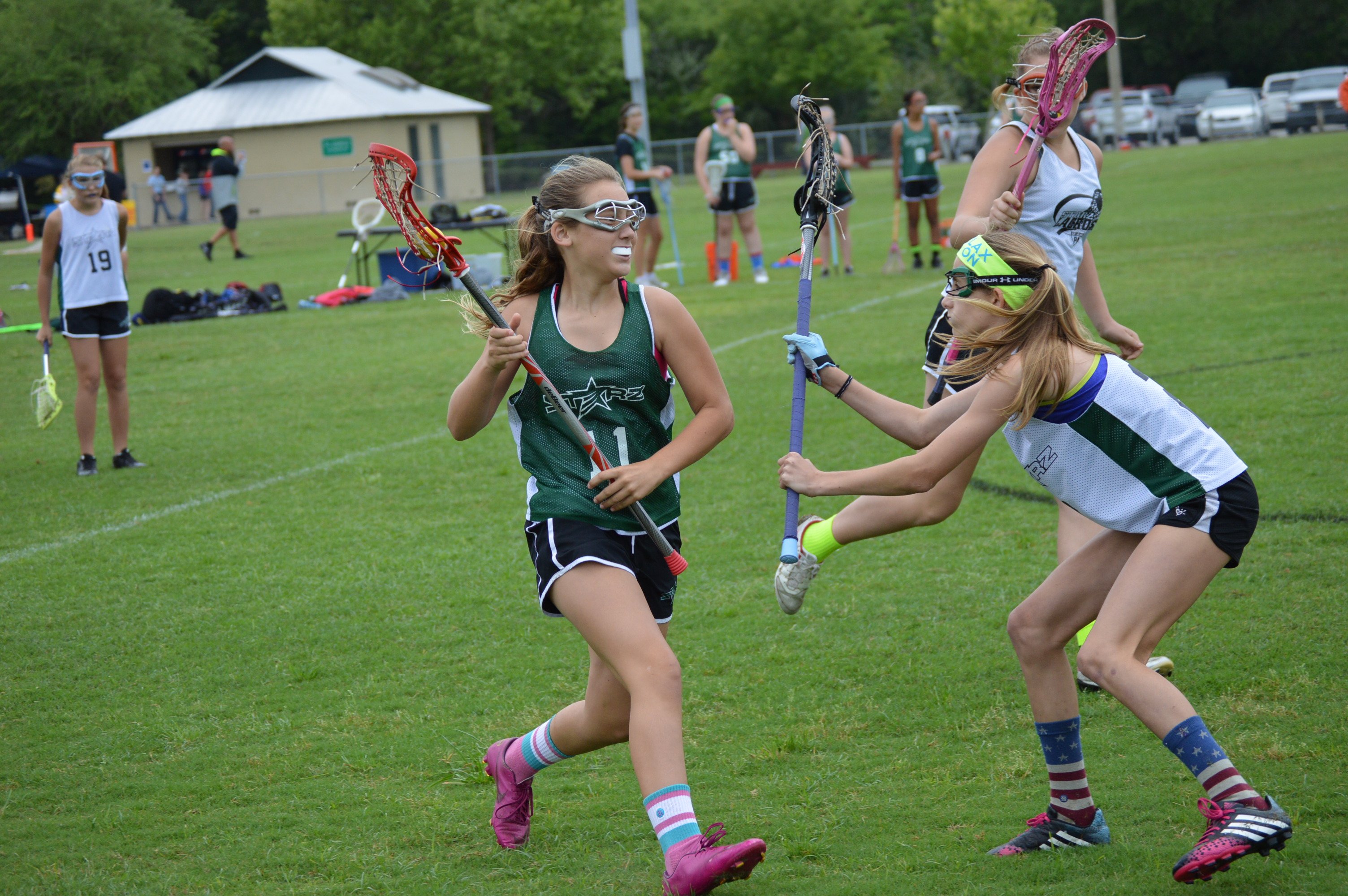
Physiological Factors Influencing Lacrosse Shot Speed
Understanding the physical components that contribute to shot speed can help players target their training for maximum improvement. Key physiological factors include:
Muscle Strength
- Core strength for rotational power
- Upper body strength, particularly in the shoulders and arms
- Leg drive for generating force from the ground up
Flexibility and Range of Motion
- Hip flexibility for a fuller rotation
- Shoulder mobility for a wider range of motion
- Wrist flexibility for added whip at release
Neuromuscular Coordination
- Timing of muscle activation sequences
- Kinetic chain efficiency from legs through core to arms
- Hand-eye coordination for consistent ball contact
How can players improve these physiological factors? Implement a well-rounded training program that includes:
- Strength training with emphasis on rotational exercises
- Plyometric drills for explosive power development
- Flexibility and mobility work, especially for hips and shoulders
- Sport-specific drills that reinforce proper shooting mechanics
By enhancing these physical attributes and regularly measuring shot speed, players can systematically work towards increasing their shooting velocity.

Advanced Analytics: Interpreting Lacrosse Shot Speed Data
As you accumulate shot speed data over time, advanced analysis can provide deeper insights into your performance. Consider these analytical approaches:
Speed Consistency
Calculate the standard deviation of your shot speeds to assess consistency. A lower standard deviation indicates more consistent shooting, which can be as valuable as raw speed in game situations.
Speed Decay
Track how your shot speed changes over the course of a practice or game. This can help identify endurance issues and inform conditioning strategies.
Situational Analysis
Break down your shot speed data by game-like scenarios:
- Shooting on the run vs. stationary
- Dominant hand vs. off-hand shots
- Various shooting angles and distances
Comparative Benchmarking
How do your speeds compare to teammates or opponents? While not always possible, gathering comparative data can provide motivation and set realistic improvement targets.
What tools can help with advanced shot speed analytics? Consider using sports performance apps or working with a data analyst to create custom visualizations and reports. These insights can help you and your coaches make data-driven decisions about your training and in-game strategy.
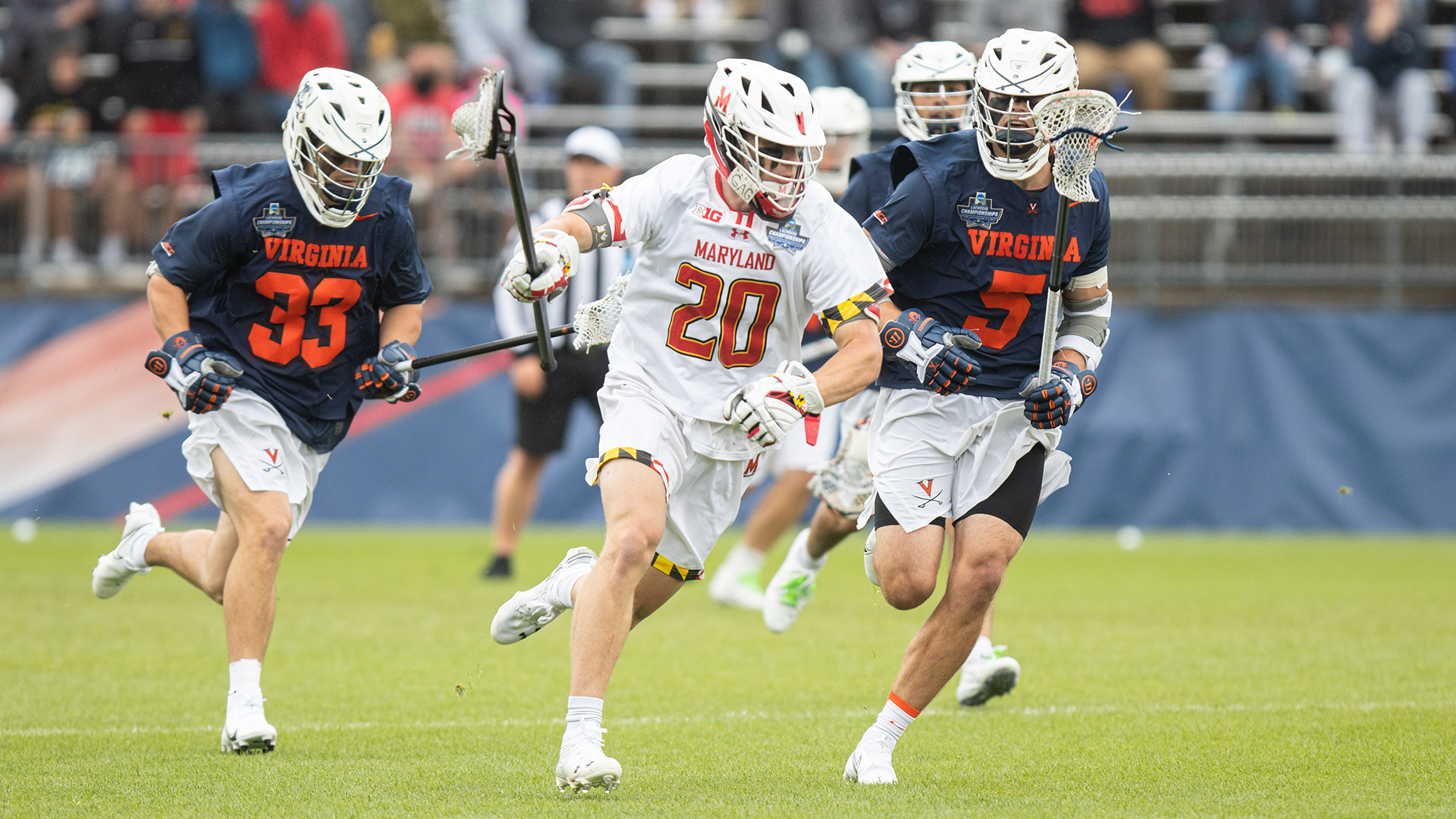
Remember that shot speed is just one component of effective lacrosse shooting. Always balance your focus on velocity with accuracy, disguise, and situational awareness to become a truly dangerous scorer.
Choosing the Right Lacrosse Radar Gun
When it comes to measuring lacrosse shot speed and improving your game, having the right radar gun is crucial. The radar gun you choose needs to be designed specifically for tracking lacrosse balls and providing you with precise shot speed data. There are a few key features you’ll want to look for when selecting a lacrosse radar gun:
Some top lacrosse radar gun models that excel in these areas include the Stalker Pro II, Pocket Radar Ball Coach, and Sports Radar Solo. The Stalker Pro II is popular among college lacrosse programs and combines accuracy within 1 mph at high speeds with a durable weatherproof design. For portable convenience, the pocket-sized Pocket Radar Ball Coach is a lightweight and accurate option. Those on a budget may want to consider the affordable Sports Radar Solo. Taking the time to research and invest in the right lacrosse speed gun will provide you with the data you need to analyze your shot speed and fine-tune your mechanics for improvement over time.
Tracking Progress Over Time
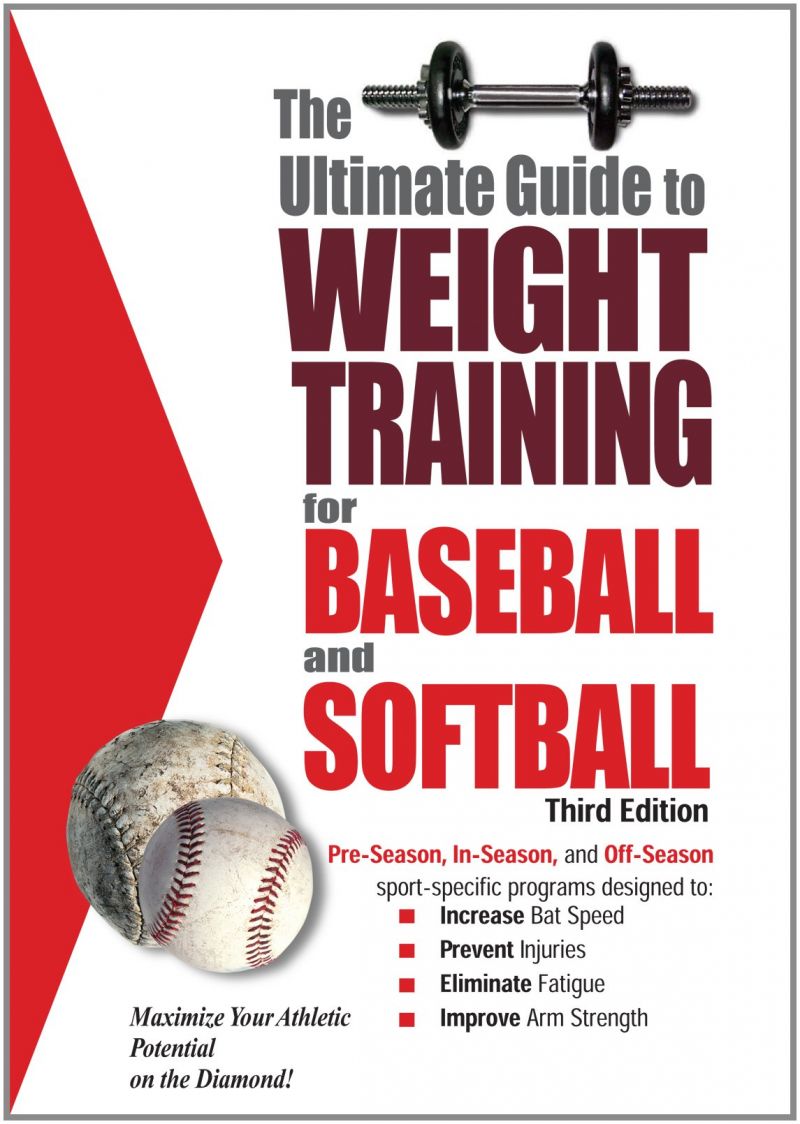
One of the major benefits of using a radar gun to measure your lacrosse shot speed is the ability to track your progress over multiple sessions. By recording your shot speeds over time and logging the data, you can quantify increases in speed and monitor the improvements in your shooting mechanics and power.
To effectively utilize your radar gun for tracking progress, you’ll want to establish a routine for testing and recording your speed. Take readings during consistent timed sessions, such as measuring your shot speed for a 5 minute period at the start and end of each practice. Testing your shot speed before and after doing power training like weightlifting is also an effective way to gauge strength gains.
Set up a simple spreadsheet or use an app to log your radar gun speed readings over each session. Make note of key variables like the type of shot you’re taking, shooting distance, and point on net you’re aiming for. This will provide context to analyze the speed data later. Take care to test shots in a controlled, consistent manner each time to ensure accuracy.
Review your data over time to identify trends and patterns. For example, you may see your average shot speed steadily increasing week to week as you get stronger. Or you may notice certain shots like a high-to-low rocket improving more than others. Use these insights to adjust your training accordingly to build on successes.
Don’t get discouraged by occasional drops in your average speeds. Fatigue, focus, weather conditions and other factors can influence any single session. Look at the big picture progress across training cycles of 4-8 weeks. As your shot mechanics and power improve with focused radar gun training, you should ultimately see sizable increases in your lacrosse shot speed over time.
Goalie Reaction Time
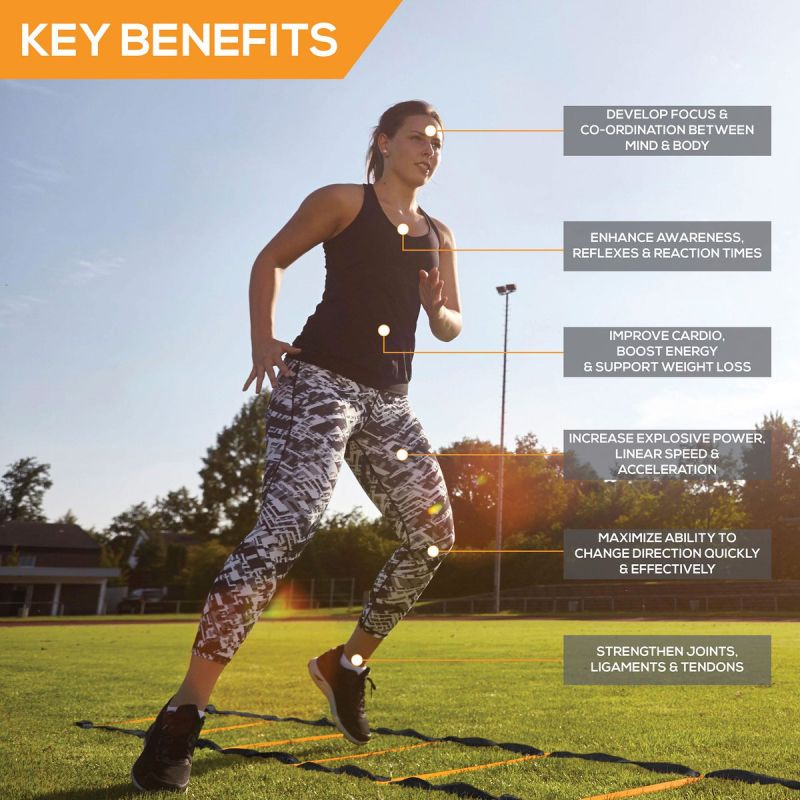
Tracking lacrosse shot speed with a radar gun provides vital data that can help goalies improve their reaction time and save percentages against blistering shots.
By understanding the actual speeds of shots from shooters they face, goalies can better calibrate their reflexes and get used to the quick reactions required at higher velocities. For example, an 80 mph shot reaches the goal in about 0.45 seconds from 10 yards away. At 100 mph, that time drops to just 0.36 seconds. Shaving mere fractions of a second off reaction time can be the difference between saving a shot or not.
Goalies should track shot speeds from a variety of shooters – midfielders, attackmen, low-angle shots, bounce shots, etc. Logging this radar gun data over time allows goalies to analyze and quantify differences in shot velocity from distinct shooters and shot types.
During training, goalies can then have shooters replicate speeds measured by the radar gun to practice reaction drills at game-like velocities. For example, a shooter able to consistently hit 85 mph shots would use the radar gun to verify he is indeed shooting at 85 mph for practice. This helps ingrain the goalie’s reflexes at specific speeds.
Additionally, understanding the maximum shot speeds from a shooter’s strongest cranks versus their average shot speed can aid preparation. If a shooter’s hardest shot is clocked at 98 mph but he averages 80 mph in games, the goalie can train reaction time at 98 mph to be prepared while expecting lower speeds in most situations.
By providing empirical data on shot velocity that influences reaction time, radar guns give goalies a valuable tool for shaving fractions of seconds off their reaction time. Faster reaction time directly correlates with more saves, making radar-derived shot speed data a potential game changer for goalies.
Measuring Shot Speed
Using a radar gun designed for lacrosse shots allows you to get objective quantitative data on your ball speed that can help take your shooting to the next level. However, to get accurate and consistent measurements, you need to follow the proper process when using your lacrosse radar gun.
First, make sure your radar gun is calibrated properly and any settings like “ball tracking mode” are enabled. Position yourself 10-15 yards from the shooter, holding the radar gun steady and pointed directly at the ball’s path to the goal. For the most consistent readings, set the radar gun on a tripod or stationary stand.
Have the shooter take 5-10 warm up shots at 50% speed to allow the radar to calibrate and lock onto the ball. Then, start taking full measured shots. It’s important the shooter is shooting directly at the radar gun’s path both for accurate readings and safety. The shooter should take 5-10 shots and then rotate, allowing fresh shooters to maintain consistency.
For each shot, the radar gun will display the ball speed in mph or km/h. Record each shot’s speed either by writing it down or inputting it into an app or computer program for tracking. Be sure to note additional variables like shot type, distance, and shooter for more detailed analysis.
Take care when measuring shot speed to eliminate any errant readings by disregarding misfired or badly miss-hit shots. Also try to replicate game-realistic scenarios as much as possible – shots coming from a dodge or pass, goalie in net, defensive pressure, etc. This ensures your speed measurement reflects reality.
With consistent use of a lacrosse radar gun for measuring shot speed, you’ll begin compiling data that reveals trends and areas needing improvement. Remember that slight variations shot to shot are normal. Focus on the average speed over multiple sessions to gauge progress over time as you work to increase your lacrosse shooting velocity.
Improving Shot Power

One of the major benefits of tracking your lacrosse shot speed with a radar gun is identifying areas for improvement to generate more shot power and speed. There are several training methods off the field you can employ to improve shot velocity by getting stronger.
The foundation for increasing shooting speed is overall strength training in the weight room. Focus on Olympic lifts like cleans and snatches that generate explosive power which directly translates to faster shots. Squats, deadlifts, and plyometrics are also excellent for building lower body power.
Incorporate strength training routines 2-3 times per week in the offseason to spur gains in power and speed. Have a planned progression over 8-12 weeks by increasing weight increments and pushing your strength levels. Maintain strength during season with 1-2 weight sessions per week.
Medicine ball training is another great way to boost shot power by mimicking the motions used in lacrosse shooting. Perform overhead throwing motions with medicine balls to engage your core and upper body explosively. Use balls from 5-15 pounds depending on strength level.
Warm up properly before any training, focusing on activating muscles with dynamic stretches and movements like high knees and shuffles. Hydrate well and get adequate protein to facilitate muscle growth and recovery from intense training.
As your overall power increases through focused strength training, you should see corresponding increases in your lacrosse shot speed as quantified by radar gun measurements. Periodically test your shot velocity to ensure your training is translating. Improving strength in the weight room provides the foundation for generating faster shots on the field.
Faster Release
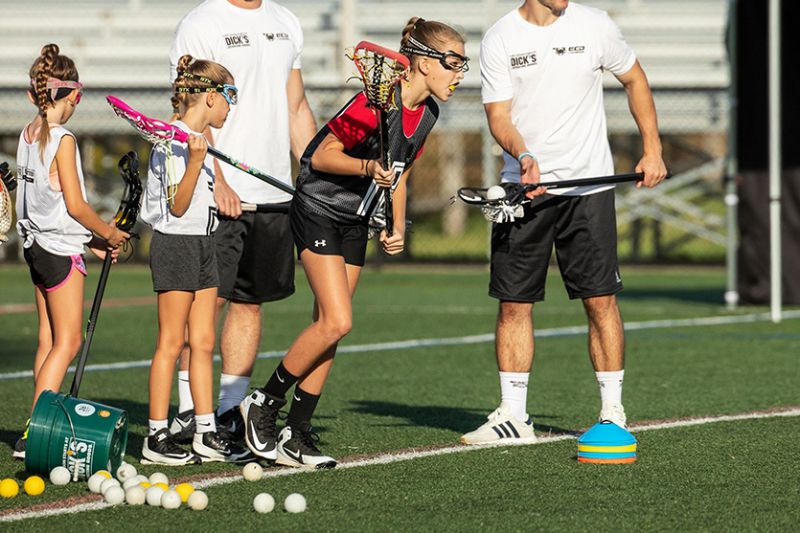
One of the key elements in shooting faster lacrosse shots is improving the quickness of your shooting motion and release. Even if you generate substantial power, a slow wind-up and release prevents you from unleashing your full speed potential.
Use your radar gun to diagnose if release time is hindering your shot velocity. Have a teammate film your shooting motion in slow motion while you take radar-measured shots. If your shot power seems lagging compared to your strength, release quickness may be the issue.
The remedy is shot release drills you can perform yourself. Set up a rebounder in front of a wall or netting and continuously rip shots with a focused, compact motion emphasizing an explosive release. Keep your hands tight to your body and minimize any extraneous motion before the final firing burst.
Repetition of proper shooting mechanics trains your muscles to contract fast and slash through the ball with speed. Visualize driving your bottom hand directly to the target on your follow through. Develop a smooth yet urgent rhythm between shots to ingrain quickness.
Agility ladder drills are also great for improving release speed, particularly footwork patterns that simulate dodging then twisting into a shot. Have a partner call out “shot” as you run the ladder to rehearse fast shooting motions.
As you refine your mechanics and shave small increments of time off your windup and release through focused drills, you’ll uncover additional speed capacity that the radar gun will validate. Faster hands and footwork translate directly into faster shots.
Accuracy at High Speeds
While radar guns provide objective data on your lacrosse shooting speed, you need to balance velocity with consistent accuracy. Unleashing 110 mph crank shots looks great on the radar gun but not when the ball is missing the net.
As you work on improving shot power for more speed, it’s essential to integrate drills for maintaining accuracy. Start by quantifying your shooting accuracy at different distances by tracking your shot percentage at 10 yards, 15 yards, 20 yards etc.
Then begin taking radar gun measured shots from those distances, focusing on your shooting form and releasing directly to your target. Have a goalie in net or use a small rebounder target to replicate shooting on cage.
Gradually build up speed on your radar gun measured shots but always prioritizing aim for your designated target. You may need to slightly adjust your mechanics from your max speed shots to maintain accuracy.
Use feedback from the goalie or target response to analyze why any inaccurate shots go astray and make corrections. Common issues are dropping your elbow on the shot or rotating your shoulders and hips too early, undermining accuracy.
Dry repetitions with no goalie are great for ingraining muscle memory at high velocities. But always validate with live shooting that you can maintain aim at ever-increasing speeds. Married with proper shooting mechanics, radar guns help strike the crucial balance between speed and accuracy.
Ball Speed by Position

One interesting aspect of using radar guns in lacrosse is measuring how shot speed varies across player positions. Midfielders, attackmen, defenders – they all have different shooting roles and their shot velocity reflects that.
Typically, midfielders generate the lowest average shot speeds given they shoot more on the run and from outside than crease attackmen. Still, elite middies can crank 90+ mph shots from up top. Speedy smaller middies also thrive on quick release shots before defenders react.
Attackmen generate the most consistently high shot speeds as their central role is finishing inside and shooting for power. Strong attackmen unleash wicked side arm and overhand rips clocking over 100 mph from in tight.
Defensemen surprise with how fast they can shoot when taking offensive sets or on the clear. Their shooting motion is often less refined but they compensate with raw athleticism to bomb shots topping 90 mph.
Face-off specialists also merit monitoring given one role is to pick up ground balls and bust out on the clear after winning draws. Their speed shooting on the run can impact transition play.
Understanding these positional shooting speed profiles helps players evaluate their shot velocity versus their peers. An attackman averaging just 80 mph needs work, while a middie at 80 mph excels. Radar guns provide context on shooting speed abilities across all lacrosse roles.
Importance of Speed Variation
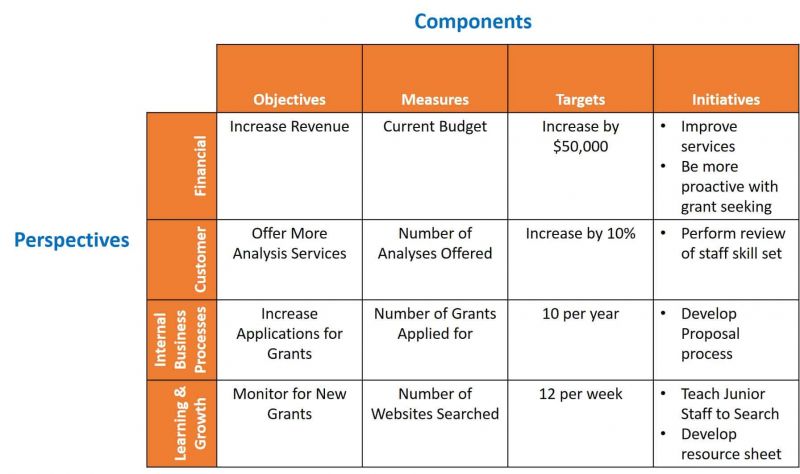
One of the subtle benefits of training with a lacrosse radar gun is learning to vary your shot speed effectively. While maximum velocity is desired, if every shot is your hardest rip, defenders will adjust and goalies will be expecting it.
Use your radar gun to measure and record your absolute maximum shot velocity when you unleash your full power. Then work on control to gradually vary shot speed up and down from that peak while maintaining accuracy.
In game situations, varying shot speed adds an element of unpredictability that keeps defenders off balance. For example, crank a 100 mph shot then bring the speed down to 75 mph on the next attempt. The softer shot will seem like a change up.
Shooting at lower speeds also forces you to focus on accuracy and shooting form fundamentals rather than relying on power. Develop the feel and control to place shots precisely across the full speed spectrum.
Log your shot speed variability in your data over training sessions. Chart your speed range and work to expand it through enhanced control. Smartly varying velocities during games utilizing your full speed range measured by the radar keeps defenders guessing.
Speed vs Power
One nuance lacrosse players need to understand is the relationship between shot speed as measured by the radar gun and the perceived power or force of the shot.
Faster shot speeds do generate more ball energy and thus power upon impact. However, two shots can have the same radar gun ball speed but feel markedly different in terms of power. How is this possible?
The answer is the lacrosse ball’s rotation. Topspin, backspin, and sidespin all influence the amount of force applied on impact. A blistering shot with tons of unnatural sidespin may clock fast speed but lack penetrating power.
Conversely, a perfectly tight spiral at a slightly slower absolute speed generates tremendous force through optimized energy transfer to the head. The radar gun reading doesn’t reveal rotation.
Strive for max speed with ideal backspin by winding up the stick through the hips and snapping the top hand for power. Smooth, consistent rotation makes shots heavier despite lower speeds. Let the radar guide speed, while feel tunes rotation for power.
Maintaining this optimal spin while incrementally increasing velocity as revealed by the radar maximizes both speed and force for the most potent lacrosse shots. The radar gun alone doesn’t tell the whole power story.
When to Unleash Maximum Speed
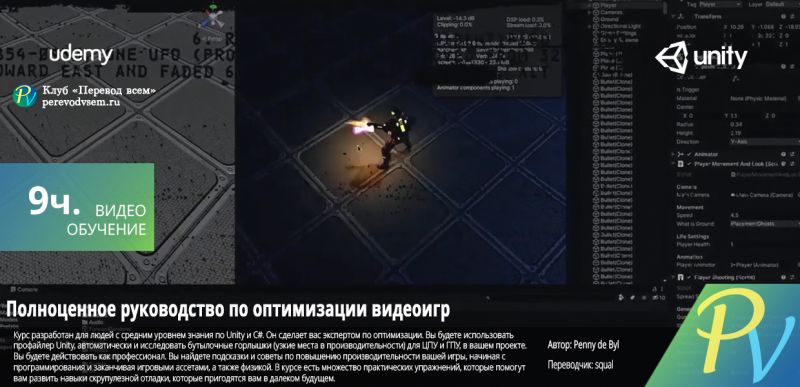
While radar guns help lacrosse players incrementally build up their maximum shooting speed, they also reveal the ideal situations to strategically deploy your fastest shots in games.
When analyzing game film, make notes of scenarios where cranking a top speed shot would maximize opportunity. For example, shooting from close range with defenders on your hands gives limited reaction time where every mph matters.
Likewise, recognize when the goalie is out of position or already moving the wrong way. If the goalie cheats expecting pass, your highest heat will catch him off guard.
On the clear when you have a lane right down the alley – open your hips and let the radar gun verified maximum speed rip. Transition and quick sticks on the crease are also prime for sheer velocity.
In settled situations, you may opt for placement over speed. But the radar reveals when to uncork your 110 mph daisy cutter to blow it by the goalie’s ear hole in clutch situations.
Smart shooters don’t unconditionally shoot max speed every time. Analyze the circumstances where your radar-tested peak velocity is strategically optimal for the best scoring chance.
Speed and Placement

One subtle shooting dynamic that radar guns illuminate is the relationship between shot speed and ideal placement on the goal. Faster shots require adjusted targeting for the highest finishing percentages.
On lower velocity shots, accuracy to corners and targets is paramount. Slower shots rely on precision spot placement to beat the goalie. But at max speed off a radar gun verified 110 mph crank, targets matter less than speed.
At the highest velocities measured by your radar, simply winding and ripping for the general area of the top corners overwhelms goalies. Lower your targeting standards but raise speed.
On quicker release shots like on the run or twisting back, radar guns show reduced speed capacity. Here tighter placement again trumps velocity. Go for corners instead of eating the goalie’s chest protector.
Through data and repetition, learn your optimal shot placements as velocities increase and decrease. Let the radar gun dictate the balance between speed and targets rather than blindly bombing every shot.
Radar guns reveal nuanced shot selection – when toprecision place versus simply overpowering with max verified velocity. Match placement to your speed capabilities on each shot.
Becoming a Lacrosse Speed Shooter
As you accumulate radar gun data and insights on your lacrosse shooting, you gain the understanding and skills to truly become a dangerous speed shooter able to overpower opponents.
Strive to push your maximum speed higher through targeted strength and power gains in the weight room. But once you have that speed capacity from training, executing it in games is a mentality shift.
When you have a perfect opportunity, don’t hesitate – swing for max speed! Trust your training and go into each shot trying to set a new personal record on the radar gun. Develop this speed shooter’s mindset.
Incorporate faster shots into your shooting repertoire beyond just empty net cranking. Unleash speed from multiple angles and situations. Force defenders to respect your verified speed.
As a speed shooter, your number one goal is beating the goalie. Placement is secondary to sheer velocity. Let the radar gun shape you into a player with the unique mentality to intimidate with velocity.
Your training and repetition creates the platform. Now choose to step into the identity of a dominant speed shooter. Let the radar gun bring out your full velocity capabilities on the field.
Measuring Lacrosse Shot Speed
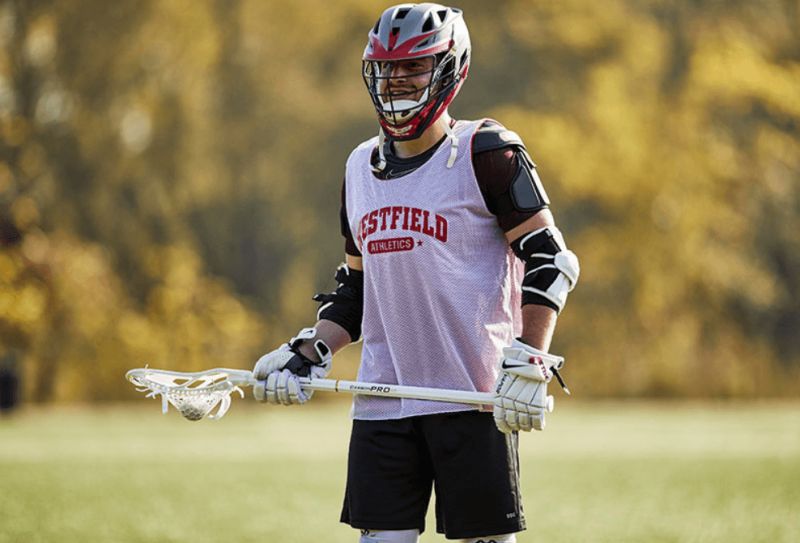
Using a radar gun designed for lacrosse shots allows you to get objective quantitative data on your ball speed that can help take your shooting to the next level. However, to get accurate and consistent measurements, you need to follow the proper process when using your lacrosse radar gun.
First, make sure your radar gun is calibrated properly and any settings like “ball tracking mode” are enabled. Position yourself 10-15 yards from the shooter, holding the radar gun steady and pointed directly at the ball’s path to the goal. For the most consistent readings, set the radar gun on a tripod or stationary stand.
Have the shooter take 5-10 warm up shots at 50% speed to allow the radar to calibrate and lock onto the ball. Then, start taking full measured shots. It’s important the shooter is shooting directly at the radar gun’s path both for accurate readings and safety. The shooter should take 5-10 shots and then rotate, allowing fresh shooters to maintain consistency.
For each shot, the radar gun will display the ball speed in mph or km/h. Record each shot’s speed either by writing it down or inputting it into an app or computer program for tracking. Be sure to note additional variables like shot type, distance, and shooter for more detailed analysis.
Take care when measuring shot speed to eliminate any errant readings by disregarding misfired or badly miss-hit shots. Also try to replicate game-realistic scenarios as much as possible – shots coming from a dodge or pass, goalie in net, defensive pressure, etc. This ensures your speed measurement reflects reality.
With consistent use of a lacrosse radar gun for measuring shot speed, you’ll begin compiling data that reveals trends and areas needing improvement. Remember that slight variations shot to shot are normal. Focus on the average speed over multiple sessions to gauge progress over time as you work to increase your lacrosse shooting velocity.
Training to Make Fast, Accurate Shots
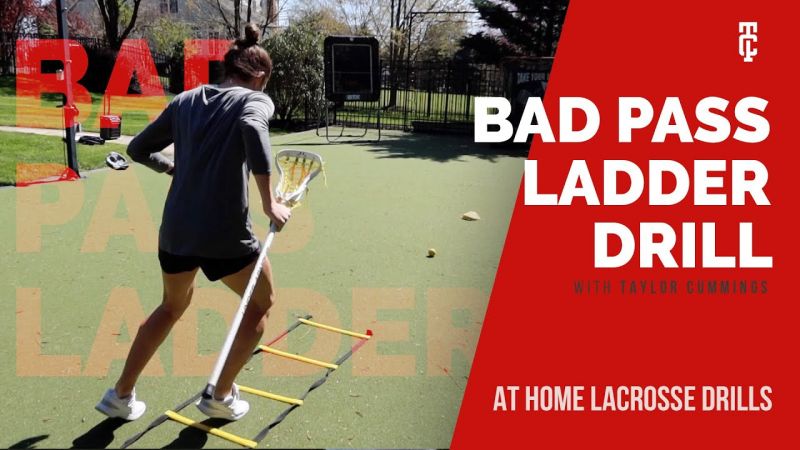
Becoming an elite lacrosse shooter involves ingraining the ability to make both fast and accurate shots. Radar guns help develop velocity, but dedicated training is required to marry speed with precision shooting.
Establish your accuracy baselines at different distances by quantify your shooting percentages without defenders. Master fundamental shooting form like keeping your elbow up and following through to the target.
Then incrementally increase speed on shots using the radar gun for measurable feedback. Maintain proper mechanics and adjust only as needed to control accuracy as velocity increases.
Utilize shooting drills and competitions that condition you to shoot fast under pressure. Speed up shots after sprinting or completing agility drills to simulate shooting on the run.
Mental rehearsal is also invaluable. Visualize perfect execution at game speed before attempting maximum radar-verified velocity shots. This primes your neuromuscular system to execute under stress.
Analyze your accuracy on high-speed shots both in drills and competition. Refine subtle aspects of footwork, release point, and follow through to sharpen precision.
Promise yourself to never sacrifice accuracy for speed alone. Radar guns monitor velocity, but dedicated training builds the ingrained skills to shoot fast and accurate under any condition. This combination makes you an unstoppable scoring threat.